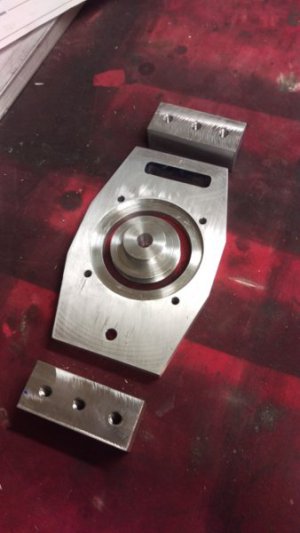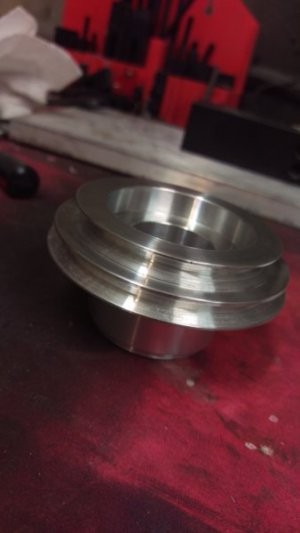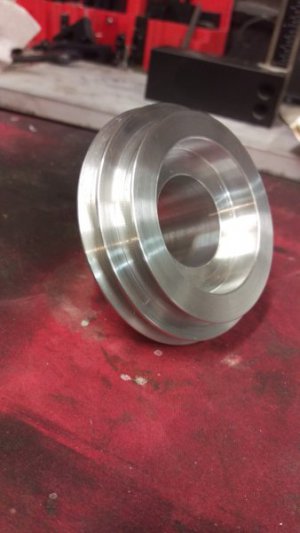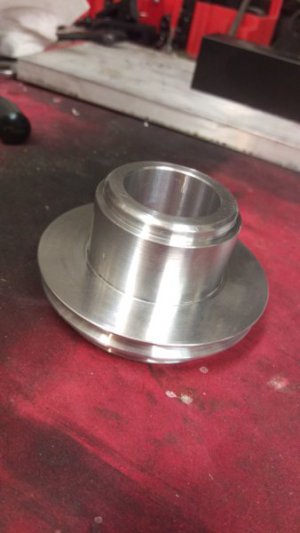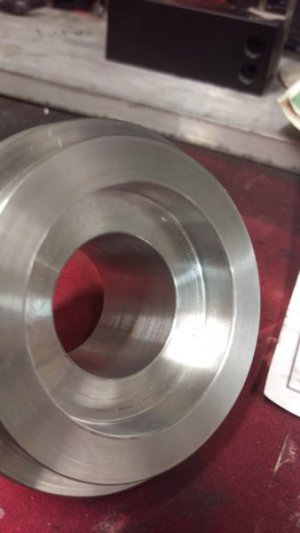- Joined
- Jan 22, 2012
- Messages
- 655
Shawn, you have discovered one of the major drawbacks of using a DRO. While they are convenient to use, they take your attention away from the work. Kind of like texting while driving.
That's one reason why I use an indicator for a carriage stop instead of the DRO. I like the feedback of the needle sweeping up to zero.
Now, lets not talk about busted parting tools! I have several on my personal wall of shame.


